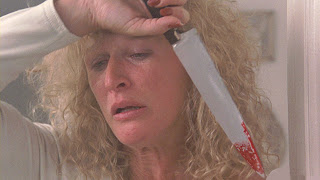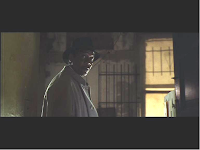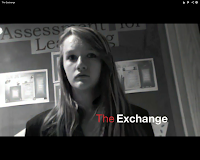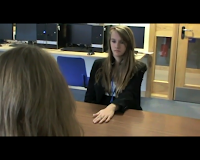Sub-genres
Examples of Thriller sub-genre:
|
Sub-genre
|
Example
|
Convention
|
|
Action
|
Speed
|
Explosions,
violence
|
|
Crime
|
The
Silence of the Lambs
|
Sometimes
from P.O.V of criminal, sometimes from P.O.V of protagonist working against
them
|
|
Psychological
|
The
Sixth Sense
|
Conflict
is mental, not so much physical. Situation could damage sanity of protagonist
|
|
Conspiracy
|
FlightPlan
|
Confronting
a powerful organisation
|
|
Disaster
|
Poseidon
|
Enormous
disaster takes place
|
|
Eco
|
The
Day After Tomorrow
|
Protagonist
has to stop a threat to the environment
|
|
Legal
|
Cape
Fear
|
Based
in courtroom, lawyers
|
|
Medical
|
Contagion
|
A
virus spreads
|
|
Mystery
|
Fight
Club
|
Someone
or something has to be found
|
|
Political
|
The
Constant Gardener
|
Government
is involved
|
|
Religious
|
The
Da Vinci Code
|
Myths,
religion, religious objects
|
|
Romantic
|
True
Romance
|
A
relationship grows between two of the leading characters
|
|
Spy
|
Skyfall
|
Adventures
involving agents, gadgets
|
|
Supernatural
|
Inception
|
Psychic
skills, good vs. evil, ghosts, vampires
|
|
Sci-fi
|
Alien
|
Aliens,
perhaps imaginary ideas, futuristic
|
|
Dystopian
|
Rosemary’s
Baby
|
Rebellion,
oppression, an environment or situation similar to hell, post-apocalypse for
example
|




























